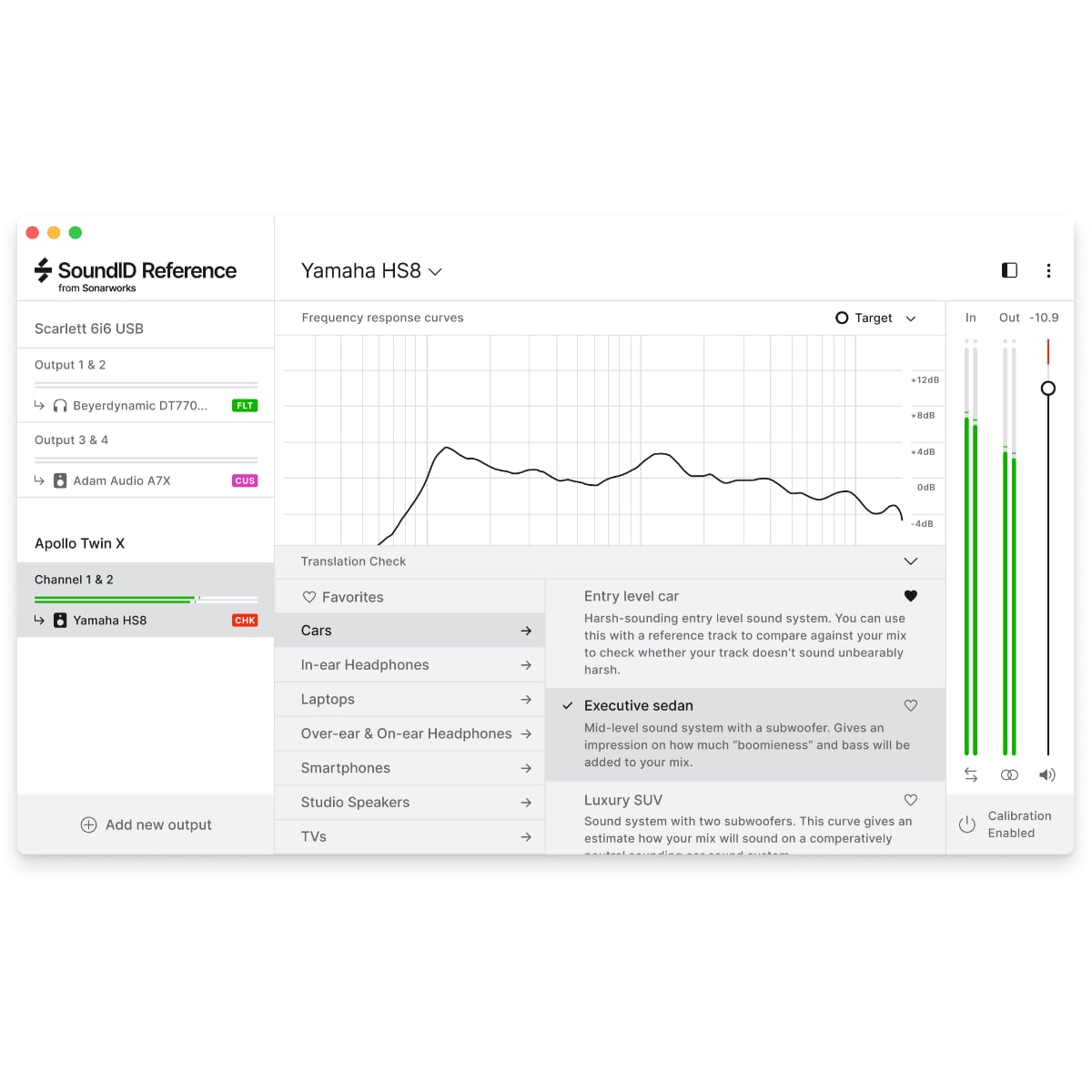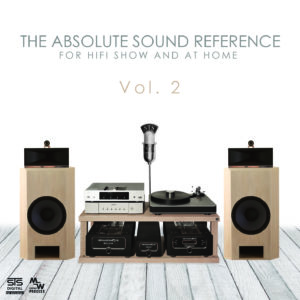

within the Dolby Digital recording parameters.
#Sound reference level full#
So, when you set up your system to a reference level you are integrating all speakers properly and leaving enough room for the sound mixer to deliver a full spectrum of sound from low lows to high highs.
#Sound reference level movie#
just like persistance of vision makes it possible to "see" a movie that is really a series of still pictures. because of the persistance of sound dynamic that affects every ear. and cheaper too! It is physically impossible for the human ear to correctly set-up speakers. Be sure to get the analog model for it is more accurate for this particular purpose. A Radio Shack SPL meter can be had for under $50 and will do most set-ups quite nicely. It is important to use an SPL meter and a set-up disk (i.e., Avia) to set up your speakers reference levels. This brief spike is thought not to be a threat to your hearing and contributes a high degree of realism to movie sound such as crashes, explosions, and the thunderous applause has fini presents his nude avatar. but usually less then a second at the highest levels. Subwoofers are set louder because, realistically, sounds recorded in the Dolby Digital format can be very lound. In essence, it creates a level playing field by which you can better appreciate how the sound mixer has prepared aĭVD move or CD music experience for you. that balances the sound from all speakers. Thus, you calibrate all of your speakers (except subwoofers) to a test tone (like pink noise) to 75 dB. going up to as much as 105 dB for extended periods. Reference level for your basic surround system is set by using an SPL (Sound Pressure Level or volume) meter.
#Sound reference level professional#
The Dolby Digital Reference Level for Professional Theaters is higher, 121.5 dB at 20 Hz.

The Dolby Digital Reference Level for Home Theaters is 85 dB for the front and rear array speakers and 115 dB for subwoofers (LFE). especially since it changes from one authority to another. If I set my Denon to 00 ("reference"), I'd be about 20db OVER reference volumes, and in search of an ear doctor. That's why you need an SPL meter to accurately know where "reference" is in your system. The reference markings on preamps/receivers (such as 00 on the volume setting on my Denon) are meaningless in your system, due to the varying sensitivity of your speakers, your room arrangement, and so forth. Then, whenever you return the receiver to that position when watching a DD DVD, you know your system will be able (if it has the power to, anyway) to hit reference levels as they were intended to be heard. Make a note of what setting your receiver/preamp was at when it achieved that volume (using an SPL meter to measure the volume in your seating position). Thus, many calibration disks have their test tones recorded at 75db or 85db (30 or 20 db "down" is what it's referred to as) so that when you calibrate you don't melt your ears. If you are referring to Home Theater, it means setting the volume at a level which will enable the system to reproduce the volumes to the maximum level dictated by the audio format in use.įor example, Dolby Digital specifies 105db as the maximum (with 115db, I believe, for the subwoofer). Depends on the context it is in, I believe.


 0 kommentar(er)
0 kommentar(er)
